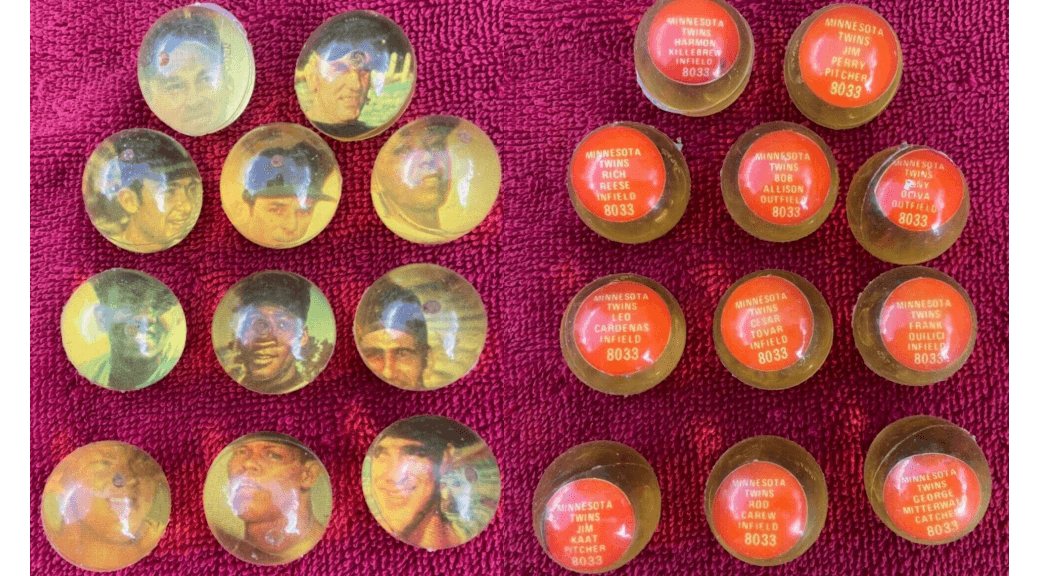Hello, everyone and welcome to the World's Greatest Online Rugby Football Club. (I admit it seems like a better idea in my head now that I've seen it written out. "WGORFC" is not a great acronym. I"m also considering just WGOM RFC. Anyway, I'm open to suggestions).
I hope to provide a little bit of primer for those who have ever seen a rugby match, gone "What in the world is going on out there?" and wanted to learn more. We'll start with the basics and work our way up. First, we start with the basics about players, things like "How many players are there on a team?"
Turns out, that's not exactly a simple question with a simple answer. Why? Because there are several types of rugby and that's a topic for a future installment, complete with 100+ years of back history of class and socio-economics in 19th century England. For now, the easy answer is 15, just 15 don't worry about it.
One of the neat things is that positions get numbers, not players. This means you can tell exactly what position someone is playing just by what they're wearing. Change positions from one match to the next? You're gonna wear a different number.
These 15 players are broken up into two general groups, each with subgroups. The two main groups are FORWARDS and BACKS.
Forwards

There are 8 players in the forwards. Their main job is to participate in scrums. Again, the scrum is another topic unto itself, but the quick-n-dirty is "two groups push against each other to try to win the ball in the middle". Here's a picture of a scrum, in case this looks vaguely familiar. These are the players we're talking about first.

Let's start with the front row, which consists of 2 props and a hooker. Here is our first introduction to rugby naming conventions. They are very straight forward and usually let you know what people's jobs are. In the scrum, a hooker hooks the ball with his or her foot, while the props prop them up. Once we explore the scrum more closely, you'll get a clearer picture of what I mean. (We'll also explain the tighthead/loosehead distinction then, too. Don't worry about it yet.)
Next is the second row, comprised of 2 locks. The locks lock (again, see what I mean?) the front row together by the way they bind on to each other. The first and second rows together are called the "tight five" because there are five of them all tightly bound together.
Then we have the two flankers - 6 & 7. They go on the flanks of the scrum. They are more loosely bound to the tight five with just one arm rather than two, hence "loose forward". They are there to push in at an angle to help steer the scrum so it doesn't start to spin (among other jobs).
Then we have the 8-man, so named because he or she wears #8. They push at the back of the scrum and provide a nice link to the backs.
Backs
First up, we have the scrum half. He or she gets the ball out of the scrum or ruck (another future installment) to pass along to the rest of the team. Their first pass is usually to the flyhalf (#10). The flyhalf can very roughly be thought of as the quarterback. Most of the on-field decisions are made by them and they are the main distributor of the ball.
Next up are the centers - inside (12) and outside (13). These two work in tandem, and are the most physical of the backs.
Outside of them you have the wings (11 & 14). These two patrol the wide areas of the pitch and are very active getting forward on the attack, then covering back on defense. These are usually two of your fastest players.
Lastly, there's the fullback (15). Sort of a free safety type, they direct the defense from their vantage point usually about 20 meters or so behind everyone else. They are the last line of defense on a breakaway run, and field a large number of the kicks from the other team. The wings and fullback work together as a unit to provide cover in the deep parts of the field.
And there you have it, a very quick rundown of who is where and what they're called. Now we that we know who's on the field, we'll discuss the field itself. After that, we can get into what's happening on it.
Future Installments (roughtly in this order)
- The playing surface
- Objectives/Open Play
- Rucks
- Scrums
- Ways To Score
- Different Types of Rugby & Evolution of American Football











